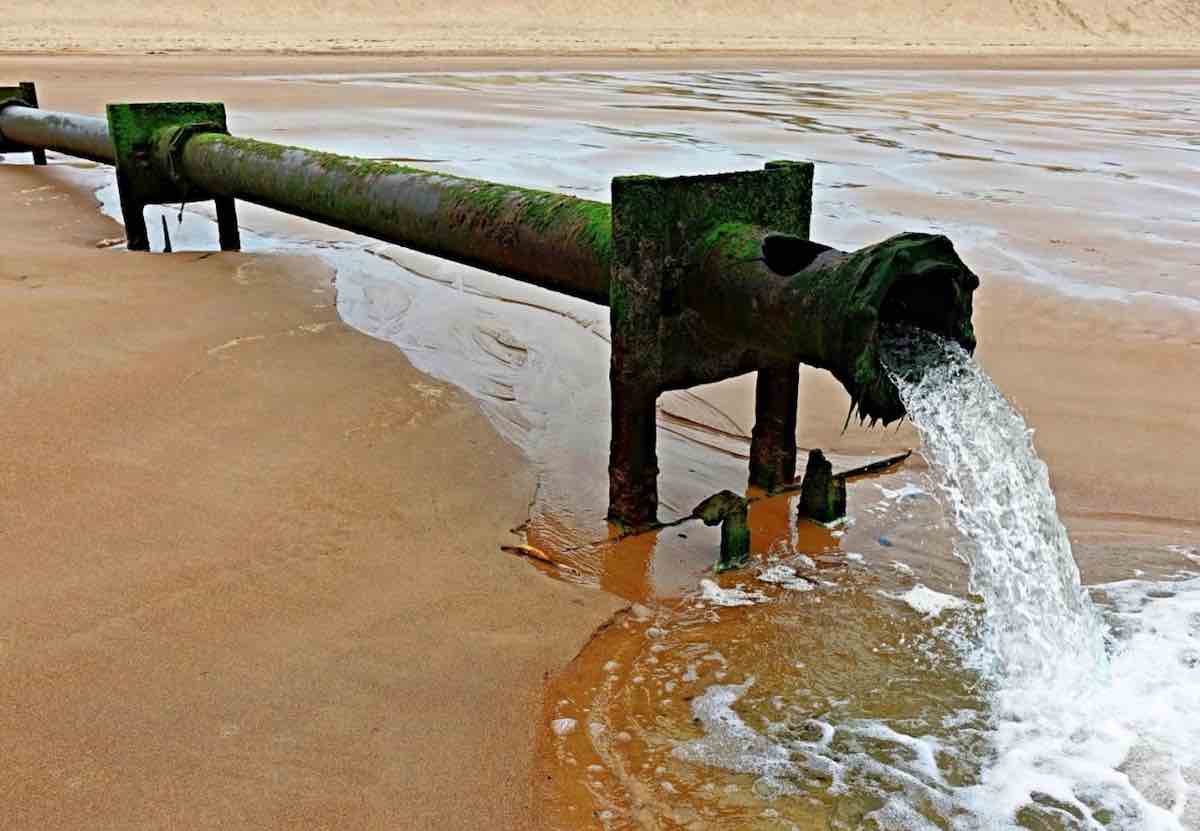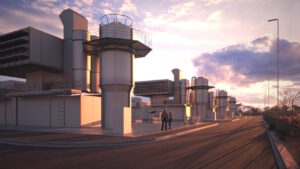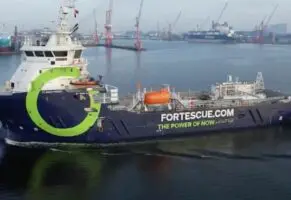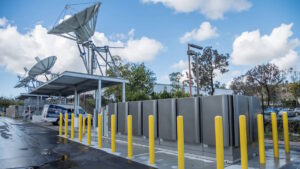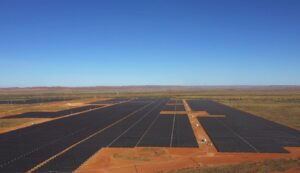An international team of researchers led by scientists from the University of Adelaide has found a way to boost the conversion of waste water to renewable hydrogen, making for more efficient clean energy generation while also removing a source of pollution from the environment.
Hydrogen can be produced by using electricity to “split” water into hydrogen and oxygen. Much emphasis has been placed on the source of electricity used to produce hydrogen, such as wind and solar. But the source of water is also a key consideration.
The use of treated wastewater is one option, and was recently pin-pointed by New South Wales energy minister Matt Kean as a critical component in realising that state’s ambitious renewable hydrogen strategy.
Urea is globally abundant in waste water and can be used to power fuel cells as an alternative to conventional technology which uses clean water in an electrolyser.
The efficiency of energy conversion technologies that use urea is determined by the electrochemical urea oxidation reaction (UOR), the existing catalysts for which tend to perform poorly in terms of efficiency.
According to a new study, published in the journal Nature Energy, a new catalyst made from nickel ferrocyanide has been found to require less energy input in this process, while also reducing the urea content in the waste water.
“Electrocatalytic techniques can convert urea-rich wastewater, which has become a big threat to human health, to hydrogen for clean energy generation as well as reducing its harmful effects on the environment,” said the University of Adelaide’s Professor Shizhang Qiao, a joint-corresponding author of the study.
“We have developed a new kind of catalyst that more efficiently generates clean energy from waste water that contains urea,” added Associate Professor Yao Zheng, a joint first-author of the study based at the University of Adelaide’s School of Chemical Engineering and Advanced Materials.
“We have shown for the first time that we can make the process in the electrolyser work more efficiently so it can reduce the energy input and produce more hydrogen, than those that use existing catalysts.”
Professor Anton Middelberg, deputy vice-chancellor (Research) at the University of Adelaide, said that “world-leading research” such as this would be instrumental in advancing industry and creating opportunity to solve the challenges facing society.
“The University of Adelaide’s scientists are vested in delivering social and economic benefits to South Australia and beyond,” Middleberg said.
The team will continue work on the design of the electrolyser with the aim of upscaling the technology.

